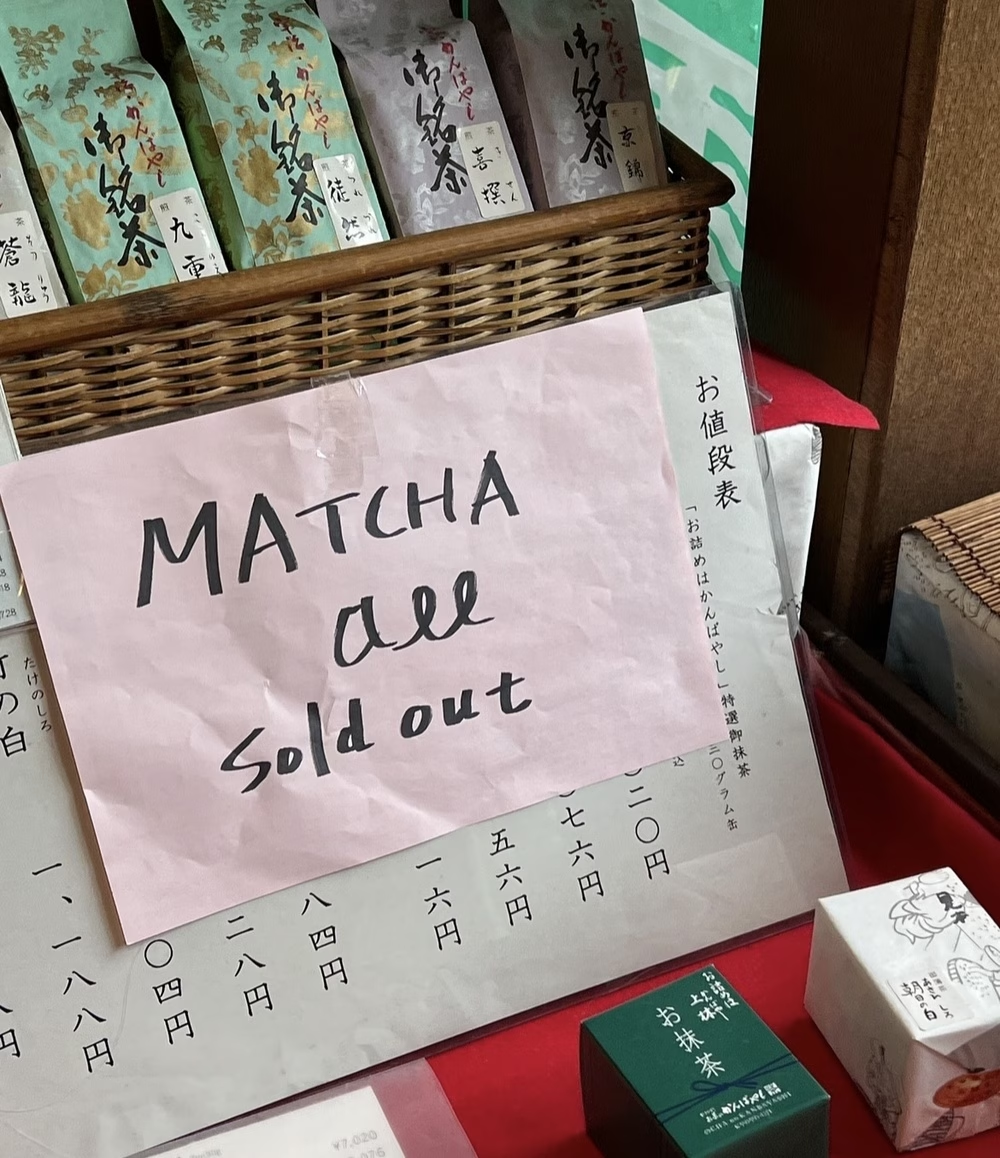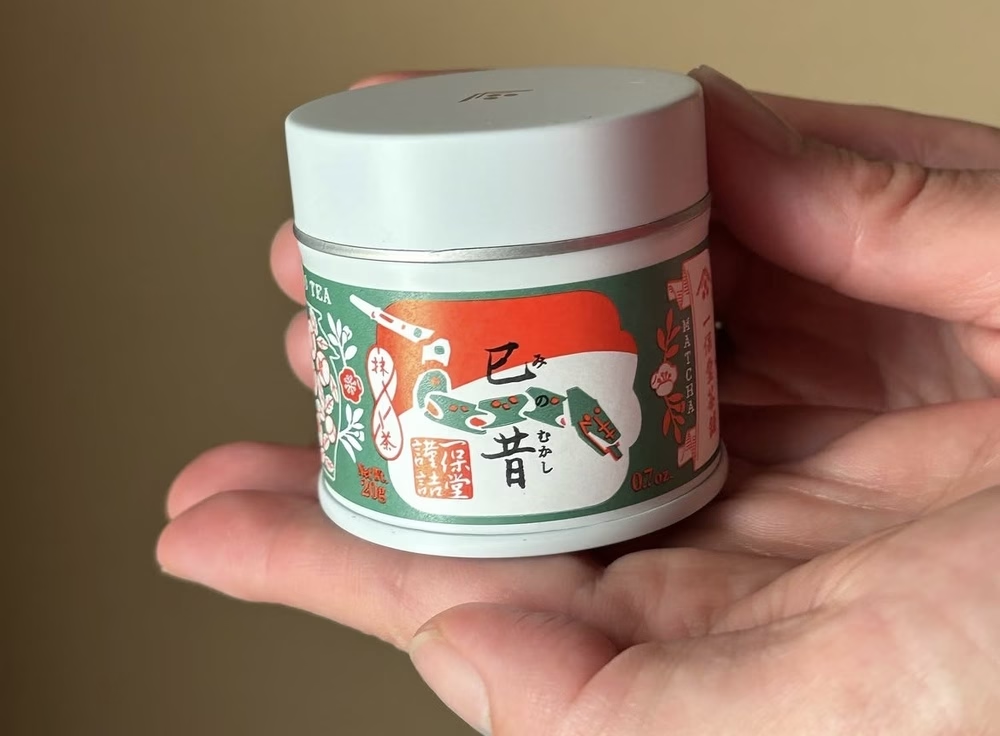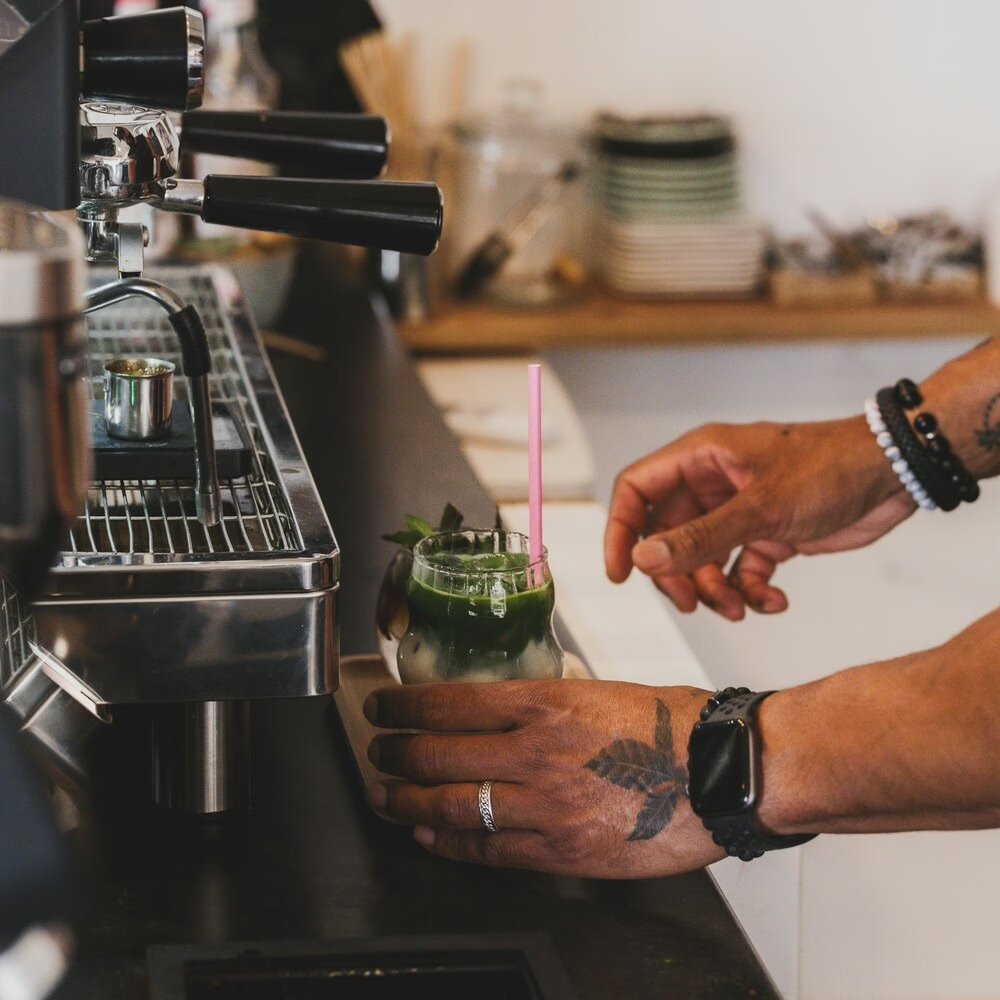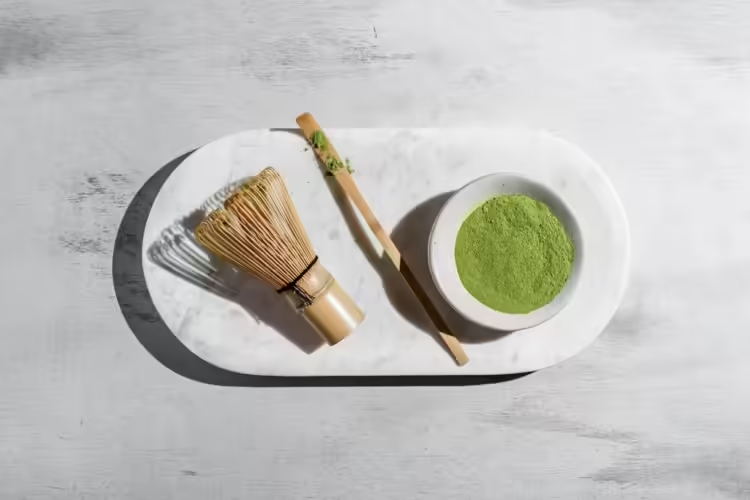

Over the previous few years, matcha has skyrocketed in reputation—however Japan’s producers are discovering it onerous to maintain up with demand.
BY MONICA MANANSALA
BARISTA MAGAZINE ONLINE
Featured picture by Natalie Behn
By now, you might have heard via the grapevine that there’s a severe matcha scarcity occurring, with Japan struggling to supply sufficient of the inexperienced tea powder to maintain up with international demand. As we speak, we’ll look into what’s inflicting the difficulty—and whether or not or not it’s trigger for concern.


Unpacking the Matcha Craze
Over the previous two years or so, it looks as if social media has been bombarded by matcha-related content material, with influencers displaying off their elaborate collections of matcha powder and making matcha-infused variations of just about something you’ll be able to consider—from matcha cookies to matcha candles, and even matcha sourdough bread.
CBS Information reported that in 2024, the US imported 2.5 tons of matcha—and a market evaluation report from Grand View Analysis shares that the worldwide matcha trade is projected to achieve $5 billion USD by 2028, and $7.43 billion by the 12 months 2030.


Although matcha has solely just lately exploded in reputation around the globe, it’s been a staple of Japanese tradition for tons of of years; nonetheless, conventional matcha consumption is totally totally different than what we’ve been seeing within the western world. Up to now, matcha was ready merely with water and solely loved on particular events—and but, at the moment, we see individuals mixing it with milk and syrup, and ingesting it a number of occasions a day.
Matcha’s speedy development in reputation lately could be attributed to a variety of issues. First, many regard matcha to be a “superfood,” in search of it out for its antioxidant properties and skill to enhance rest and focus. Others take pleasure in matcha as a result of it offers extra of a balanced enhance in power than espresso, which, for a lot of, may cause anxiousness or jitters. Lastly, with its vibrant inexperienced shade, matcha is aesthetically pleasing and pairs properly with many alternative components, making it a pure espresso store staple.



However now, even essentially the most avid matcha shoppers are starting to confess that the obsession is attending to be slightly extreme. In any case, who’s actually going to have the ability to undergo 30 tins of matcha powder earlier than all of it expires? And does every part we personal should be matcha-scented? Plus, what ever occurred to good, old school tea?
Whereas the matcha “craze” is, in a way, comprehensible, it’s pushed by the truth that many shoppers don’t truly know the way matcha is produced—and simply how lengthy and arduous the method could be. And, as café-goers and content material creators down one matcha drink after one other, many tea farmers are left scrambling.
The Actuality of Matcha Manufacturing
Masakazu Watanabe, President of Ippodo Tea Co., sheds gentle on the truth of matcha manufacturing, explaining that rising and harvesting high quality matcha generally is a years-long course of. “Tea is a specialty agricultural product, that means its harvest is closely depending on pure rising circumstances annually. Annual manufacturing is restricted, and considerably growing provide isn’t potential in a single day,” he says. “For instance, after planting a brand new tea tree, it takes over 5 years for it to develop earlier than you’ll be able to take pleasure in tea from it.”



He additionally explains that, on account of skyrocketing demand for matcha, many tea farmers in Japan have deserted rising different sorts of tea and begun focusing utterly on producing matcha—and nonetheless, they’re discovering it tough to maintain up.
“Even with their efforts, the availability of matcha continues to be not sufficient to satisfy demand. When their harvests had been offered this Could on the annual Kyoto wholesale tea market, the typical buying and selling worth was roughly 2.7 occasions the worth of the earlier 12 months, setting a brand new document,” Masakazu explains.



Masakazu shares that this has had a snowball impact on different sorts of tea as properly. “The shift towards matcha manufacturing has led to a lower within the provide of different sorts of tea. In consequence, the buying and selling worth for all teas elevated as properly, to a staggering common of roughly 2.5 occasions the earlier 12 months,” he says.
What This Means for Shoppers + Cafés
Whereas nobody can power you to cease ingesting matcha, it’s essential to notice that, if shoppers don’t decelerate, matcha costs will proceed to go up—and you’ll count on to see extra “Out of Inventory” indicators popping up at espresso outlets and tea homes in your space. Moreover, Donald Trump’s new 15% tariff on Japan, which took impact on August 1, might exacerbate issues additional within the U.S.



And on the subject of Ippodo Tea, Masakazu shares that the corporate has, with heavy hearts, felt the necessity to place limits on the quantities of matcha that clients can order. “Whereas we’re deeply grateful to see such ardour for matcha emerge, we’re additionally saddened to see some cases of bulk buying matcha merchandise by unauthorized resellers,” he says. “Shifting ahead, we’re dedicated to getting our matcha merchandise to as many shoppers as potential—and we’ve put buy limits in place throughout gross sales channels globally.”
ABOUT THE AUTHOR
Monica Manansala is a espresso and matcha fanatic dwelling in Los Angeles. In her spare time, she enjoys cooking and spending time together with her cat.
Subscribe and Extra!
As at all times, you’ll be able to learn Barista Journal in paper by subscribing or ordering a problem.
Learn the August + September 2025 Challenge without spending a dime with our digital version.
Without spending a dime entry to greater than 5 years’ price of points, go to our digital version archives right here.


